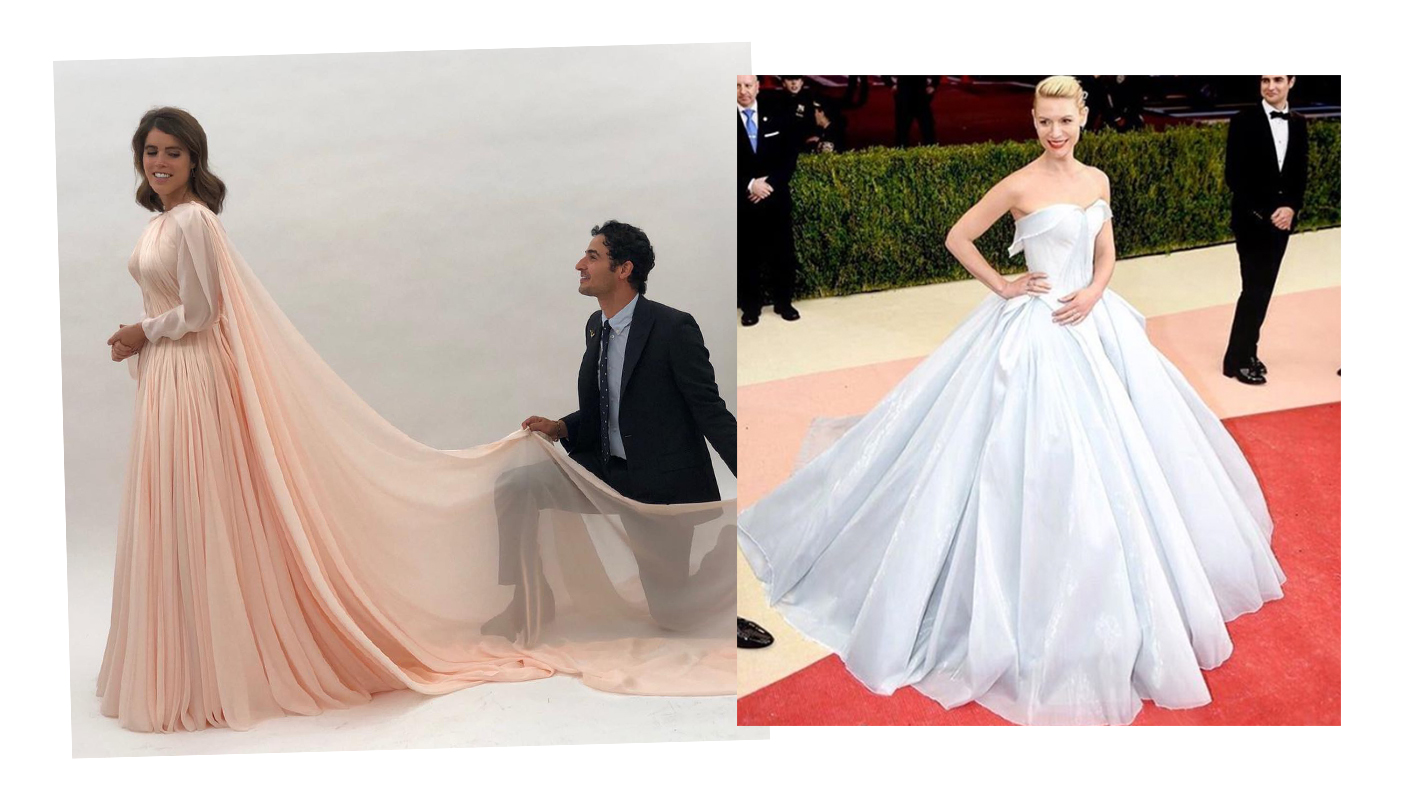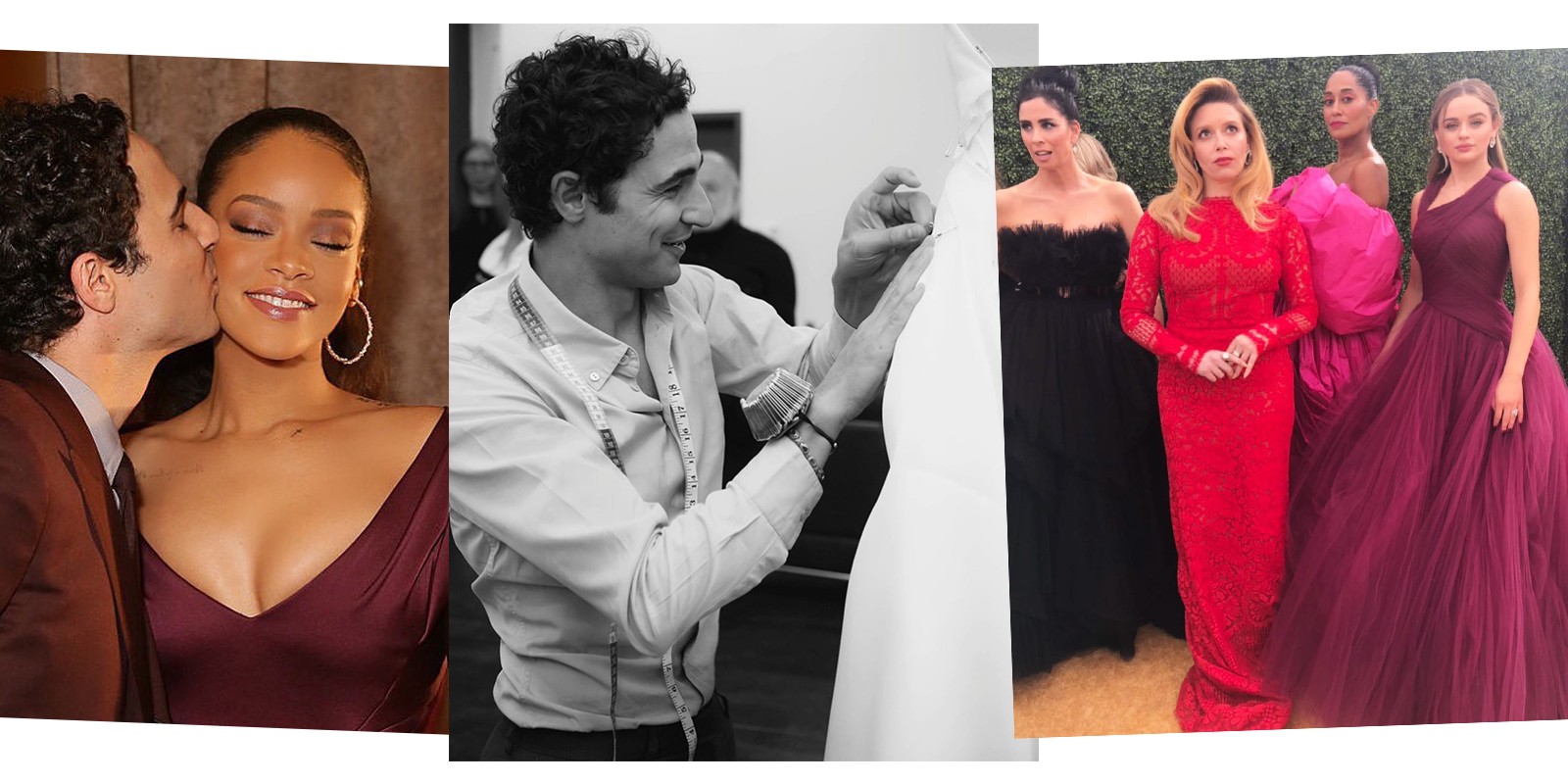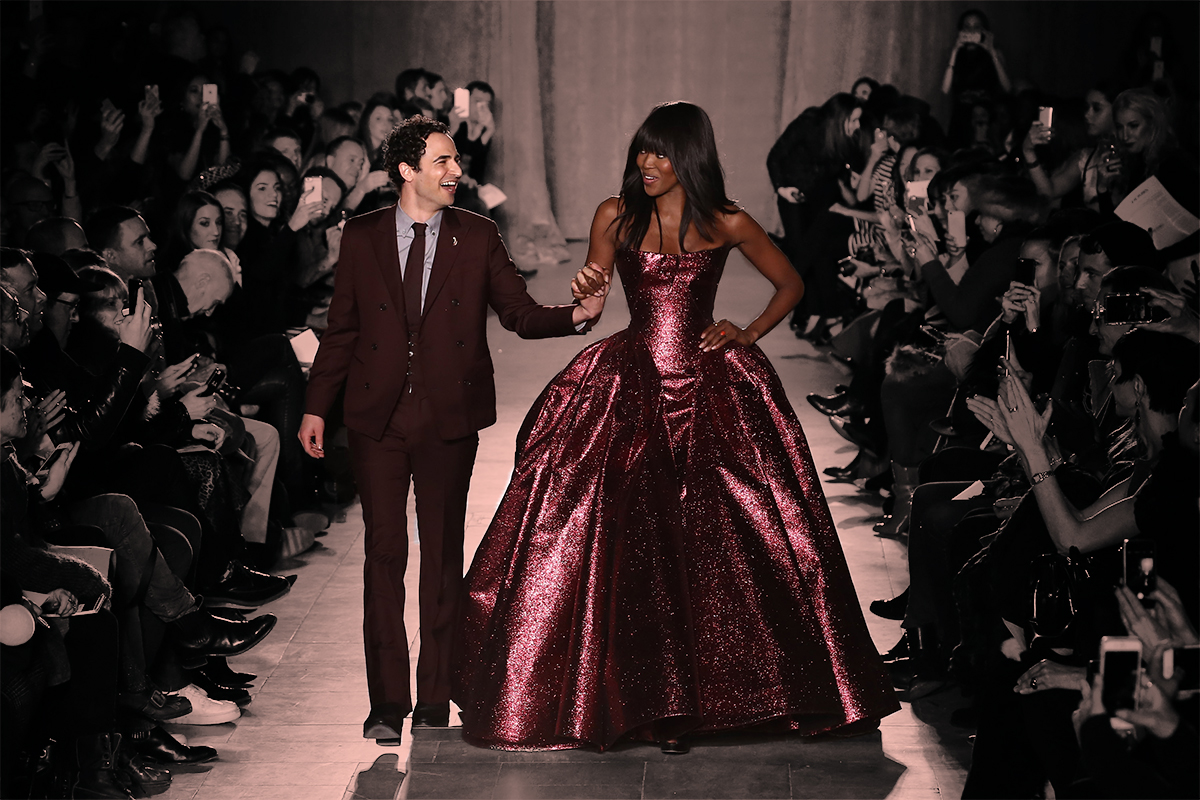When Zac Posen was a child, he’d steal yarmulkes from his grandparents’ New York City synagogue to make ball gowns for dolls. Exactly how he did this remains unclear, but the fact that he did should surprise no one. This is the same man who’d go on to design Oscar dresses for Glenn Close and Gwyneth Paltrow and a wedding dress for a princess — a real princess — along with countless other pieces — long trains, lots of tulle — thousands of little girls could only dream of one day wearing.
I am 20-something, and I certainly still do.
On Friday, House of Z and Z Spoke, which own Posen’s eponymous label, announced that the company would be halting all business operations. “My partners and I tried everything possible within our means to find solutions to keep it going,” Posen told Women’s Wear Daily. “I have been trying to find the right strategic partners at this tough time in retail and in the industry. The clock ran out.” Dresses shown less than two months ago will never make it off the runway. It was just as Posen described, like Cinderella, where all of a sudden everything stopped.

Zac Posen for Princess Eugenie’s wedding and for Claire Danes at the Met Gala (both images via @zacposen)
Posen grew up in downtown Manhattan, eventually enrolling at Parsons pre-college and then London’s prestigious Central Saint Martins College of Art and Design. In 2002, when he was 20, Naomi Campbell wore his dress down the runway at New York Fashion Week and the rest was history. A fashion line, a Council of Fashion Designers of America (CFDA) Perry Ellis Award, a judging spot on Project Runway, an investment from Sean “Diddy” Combs, and several other achievements later, Posen — the brand, not the person — as we’ve known it thus far now ceases to exist.
Amongst all the glamour, Posen also designed new uniforms for Delta Air Lines, a collection for David’s Bridal, and took on the role of Creative Director at Brooks Brothers. He launched a line at Target in 2010, with prom season in mind. With each Met Gala attendance, which often serves more as a branding play than a revenue boost, came a separate, more profitable endeavor. The Target pieces were fun and pretty. Vogue covered the collection with an original video directed by Gia Coppola.
But eventually, as we know now, it still wasn’t enough.
In her post-mortem piece for the New York Times, fashion director Vanessa Friedman compares Posen’s demise to that of the recently shuttered Barneys New York, which the Times also gruesomely reported as “Being Sold For Scrap” like an old, puttering car. “The fairy tales of today center on nontraditional start-ups, disrupters geared toward a different value system (also a different commercial system),” Friedman writes. “Their heroes have names like Supreme and Everlane and Outdoor Voices; Telfar and Pyer Moss. They are less about escapism, glamour and the power brokers of old, and more about the urgency of contemporary issues.”
When I read Friedman’s adieu, I couldn’t help but think of a recent New York piece where Anna Wintour noted, “Vogue is the biggest influencer of them all.” But something I’ve been wondering is: Is it? Or is something as “high” as Vogue a different beast altogether?
Fashion has come to a point where high and low are constantly pit against each other for many reasons: a newfound understanding of privilege and access; Instagram; Gen Z; stiff mainstays that see the field as more competitive than collaborative. Yet there will always be aspirations — always a little boy sewing an old yarmulke; always a little girl, like me, playing dress up alone in her bedroom mirror. There will always be people who want streetwear and those who want red carpet glamour. They don’t have to kill each other. (Please, don’t kill each other.)

via @zacposen on Instagram
The most striking thing about Posen’s career, reading about it over the last few days, is how it reminded me of something I read in a college seminar: that the Jew is always assimilating, eternally stuck in limbo, and never quite fitting in wherever we are.
Posen walked a tightrope, dipping one toe in the high, the other in the low, floating in a sort of cultural limbo, clinging onto the coattails of elite social allies while taking side gigs at Brooks Brothers and Delta. He was a man of the CFDA, but lest we forget, he also designed a line for Target. Perhaps Posen is another example of the in-between we’re still trying to figure out. Maybe next time, we’ll get it right.
Header photo by Neilson Barnard/Getty Images



